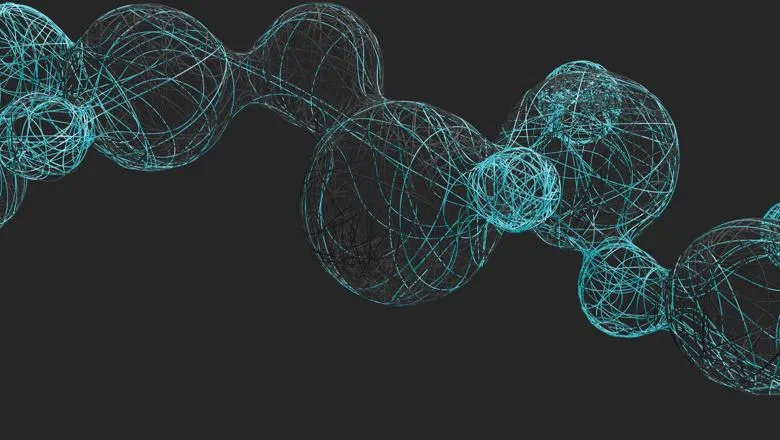New study analyses impact of emerging technologies on nuclear stability.

Emerging technologies could increase the risk of countries using nuclear weapons, according to new research produced by the Centre of Science and Security Studies (CSSS), King's College London. In particular, technologies that distort information and undermine trust, both publicly and in the intelligence community, could destabilise deterrence efforts and create a crisis in the global nuclear order, the researcher claims.
The UK government, in its recent Integrated Review of Security, Defence, Development and Foreign Policy, made the case that new technologies, especially when used in combination with each other, could rival weapons of mass destruction in their strategic or tactical impact. The Integrated Review also identified that 'rapid technological change' was 'of central significance to the strategic context', and that 'the pace of change will accelerate further to 2030.'
The research highlights how nuclear policy is struggling to keep pace with emerging technologies. Due to the complexity of the issue and already-crowded agendas, the multilateral institutions that are tasked with reducing nuclear risks have been slow to address the challenge of new technologies.
With policymakers often unsure which emerging technologies pose the greatest risk, the innovative study creates common parameters for measuring the future impact of individual technologies on crisis stability, and what can be done to mitigate these risks. It identifies which emerging technologies might be most destabilising in a crisis in the next 10 years, using the UK as an example.
Based on a review of existing literature and interviews with experts and policymakers, the study identifies 10 technologies with disruptive potential. Then, using data generated by a technology scoring exercise completed by experts, the research uses a Machine Learning clustering algorithm to group the 10 technologies into four 'clusters' of varying effects: distort, compress, thwart, and illuminate. The four technology clusters are structured according to their potential impact and feasibility of implementation.
Marina Favaro , a consultant at the Centre, who is leading the study said: 'Nuclear policymakers must address the rapid pace of technological change and find a new way of thinking and talking about the risks that emerging technologies pose to nuclear security.
'With nuclear risks rising and no clear path forward for how states can cooperate to reduce risks, institutions such as the Nuclear Non-Proliferation Treaty (NPT), have a key role to play in helping to future-proof nuclear risk reduction to lessen the likelihood and impact of a catastrophic nuclear exchange brought on by the use of new technologies.'
The paper identifies the most dangerous technologies as those that interrupt data flows and 'distort' the information landscape. This includes the use of deep fake technology, where audio and video is manipulated to create realistic digital replicas, as well as satellite spoofing, where incorrect signals are broadcast to satellites, falsifying data flows for strategic or tactical advantage.
Experts surveyed stated that these technologies could reduce decision-making time and situational awareness during a crisis, and could erode Nuclear Command, Control, and Communications (NC3). The introduction of deep fakes into classified data feeds could sow distrust in the intelligence community's conclusions, which could result in their striking blindly, and potentially first, in a crisis.
Furthermore, blinding, hoodwinking, or incapacitating satellites could reduce a state's ability to determine if an attack is underway, or reduce their ability to enforce arms control agreements.
These technologies are neither complex nor difficult to deploy, with apps allowing any smartphone user to create seemingly authentic deep fake videos in seconds and satellite jamming systems that can be purchased online and plugged into a car's 12V outlet.
The technologies in the 'distort' cluster change the character of nuclear crisis. In the past, crisis escalation was perceived to follow a predictable pattern from low-level crisis to nuclear war, whereas these technologies create less predictable nuclear escalation pathways. Conflicts could arise between competing states in sudden and unconventional ways, catching the international community off-guard.
To minimise the adverse effects associated with these technologies, the paper suggests fit-for-purpose risk reduction measures for each technology cluster. This paper also offers broader recommendations for nuclear weapon states and non-nuclear weapon states.
A key recommendation is for governments to work with the private sector, where many of these technologies originate, to maintain awareness of, and control over, how new technologies mature and are applied.
However, technologies should not be viewed as inherently destabilising. Marina Favaro argues that 'new technologies also play an important role in helping to support arms control measures."
For example, countries can use emerging technologies to support and expand collaborative disarmament verification efforts. Artificial Intelligence the paper states can support nuclear stability by synthesising large amount of data into actionable intelligence at speed and on a greater scale, helping to better inform countries on the state of play.
With nuclear risks rising and no clear path forward for how states can cooperate to reduce risks, institutions such as the Nuclear Non-Proliferation Treaty (NPT), have a key role to play in helping to future-proof nuclear risk reduction to lessen the likelihood and impact of a catastrophic nuclear exchange brought on by the use of new technologies.– Marina Favaro, Consultant at the Centre for Science and Security Studies (CSSS) at King's College London and a Research Fellow at the Institute for Peace Research and Security Policy (IFSH) at the University of Hamburg.
Weapons of Mass Distortion: A new approach to emerging technologies, risk reduction, and the global nuclear order
This paper provides a new framework for thinking and talking about the nuclear risks created by emerging technologies.
- Weapons of Mass Distortion PDF (5.40MB) (5.66 MB PDF)






